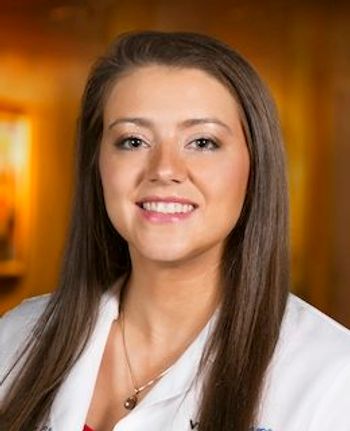
New CLI report investigates the "how" and "why" of online searches for contact lens information by patients
The report examined the most common contact lens searches via Google auto-complete results, 65% of which were reported as purchase driven.
The Contact Lens Institute (CLI) has published a new comprehensive report investigating how and why individuals seek information about contact lenses through online resources.1 The Digital Discovery: Consumer Searches Reveal Contact Lens Realities report is the latest of CLI’s See Tomorrow initiative series and is available for
“Patients are posing questions about contact lenses to search engines, artificial intelligence [AI] platforms, and social channels that they may never raise in the exam chair. By understanding what’s being asked, eye care practitioners and staff can reconsider how they’re presenting contact lens wear, care, and purchase options,” said Stan Rogaski, CLI’s executive director, in the release. “Based on preliminary findings that we shared earlier this year, some practices are already adjusting how they’re communicating with and educating wearers, plus evolving their practice management techniques. This report goes much further, with perspectives that are broadly applicable.”
The report examined the most common contact lens searches via Google auto-complete results, 65% of which were reported as purchase driven. Not only were search behaviors examined in the US and Canada, but common questions asked by patients were also researched to reveal patient challenges. These may suggest that the contact lens community could benefit from increased focus on health and safety, cost, wear and care, and how brands differ, the release stated. The report also relayed the importance of optimizing a practice’s website for location-based search, in addition to liberally include the term eye doctor into digital content, which is reported as the preferred shorthand used by patients when searching for clinical sources online regarding contact lenses.1
Large language models including ChatGPT, Copilot, and Gemini were also assessed in the adoption of AI platforms in how they handle contact lens queries. CLI’s report found that AI platforms’ ability to provide the best sources of information is often inconsistent. Therefore, the organization recommended that eye care providers have preemptive conversations concerning AI-generated results with patients who frequently use AI platforms. According to the National Bureau of Economic Research, 40% of US adults aged 18 to 64 years use generative AI, with Leger reporting that 47% of Canadian adults have used AI tools.1
The report also examined searches made for different contact lens modalities, insertion and removal guidance, part-time contact lens and glasses wear, regional and global differences on X (formerly Twitter), and the use of non-English languages. The report also included “how to” columns from 16 CLI Visionaries in order to offer practical advice on using the data and insights from the report in practice.1
“Our latest report delivers a snapshot of what may be on the minds of the person considering contact lenses for the first time as well as new and longtime wearers, helping the thousands of professionals in eye care remain 1 or more steps ahead as the ultimate experts,” Rogaski said in the release.
Reference:
New report investigates why consumers search online for contact lens information. News release. Contact Lens Institute. June 23, 2025. Accessed June 23, 2025.
Newsletter
Want more insights like this? Subscribe to Optometry Times and get clinical pearls and practice tips delivered straight to your inbox.


















































.png)


